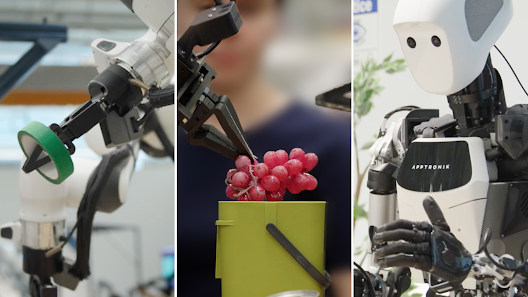Welcome to the High-Stakes World of AI Hardware
As the new year begins, the tech industry’s spotlight shifts to CES 2025, the premier consumer electronics showcase set to take Las Vegas by storm. This year’s event promises to be a battleground for AI-enabled devices, with companies of all sizes unveiling gadgets designed to integrate artificial intelligence seamlessly into our daily lives. But in an era of AI saturation, these innovations face a stark reality: they must deliver real value or risk fading into obscurity.
The Evolution of AI at CES
Over the past few years, AI has dominated CES, reshaping how we interact with technology. The 2024 event marked a high point, with a tidal wave of AI advancements taking center stage. However, this year, the narrative is shifting. According to Jitesh Ubrani, research manager at IDC, “AI features won’t just be standalone selling points anymore. Instead, they’ll be integrated into existing devices, enhancing their functionality rather than being their sole purpose.”
From Software to Hardware: The Next Frontier
Startups and tech giants alike are moving beyond software-focused AI models, such as OpenAI’s ChatGPT, into hardware innovations. As Anshel Sag, a principal analyst at Moor Insights and Strategy, puts it, “The easiest way to stand out is by implementing AI with purpose-built hardware.” While devices like the Humane AI Pin and Rabbit R1 set the stage for AI-powered wearables, their mixed reception highlighted the challenges of delivering meaningful user benefits.
What Sets AI Devices Apart?
2025 might be the year AI wearables finally find their footing—or prove their limitations. From smart necklaces and pins to AI-powered earbuds, the market is brimming with possibilities. However, not all of them have succeeded in justifying their existence. Many devices have simply repackaged capabilities already available on smartphones.
For example, privacy and data security are becoming critical differentiators. Smaller companies like Even Realities and Looktech.AI are leveraging user-focused privacy controls to carve out a niche against data-hungry giants like Meta. Privacy-conscious features could be the key to breaking through in a highly competitive market.
The Problem of AI Over-Saturation
One of the greatest challenges facing AI hardware startups is the ubiquity of AI itself. As Sag explains, “AI is no longer a unique selling point; it’s table stakes.” With smartphones already capable of performing most AI-powered tasks, the question becomes: what additional value can a dedicated AI device offer?
Devices like the Ray-Ban Meta smart glasses have found success by bundling AI as part of a broader feature set, offering practical benefits such as photography and music playback. For startups, this balanced approach may hold the key to standing out in a crowded market.
Looking Ahead to CES 2025
CES 2025 will undoubtedly showcase a host of new AI-powered gadgets. From eyewear and wearables to headphones and beyond, the event will be a proving ground for devices that aim to redefine the user experience. To learn more about the broader implications of AI and smart technology at CES, check out What CES 2025 Has in Store for Robotics, AI, and Smart Technology.
Final Thoughts
As we enter an era where AI is everywhere, hardware developers must rise to the challenge of creating products that deliver tangible benefits. Whether through innovative privacy features, seamless integration into daily life, or groundbreaking new applications, the stakes have never been higher. CES 2025 will be a decisive moment for AI hardware—a time for these innovations to put up or shut up.







